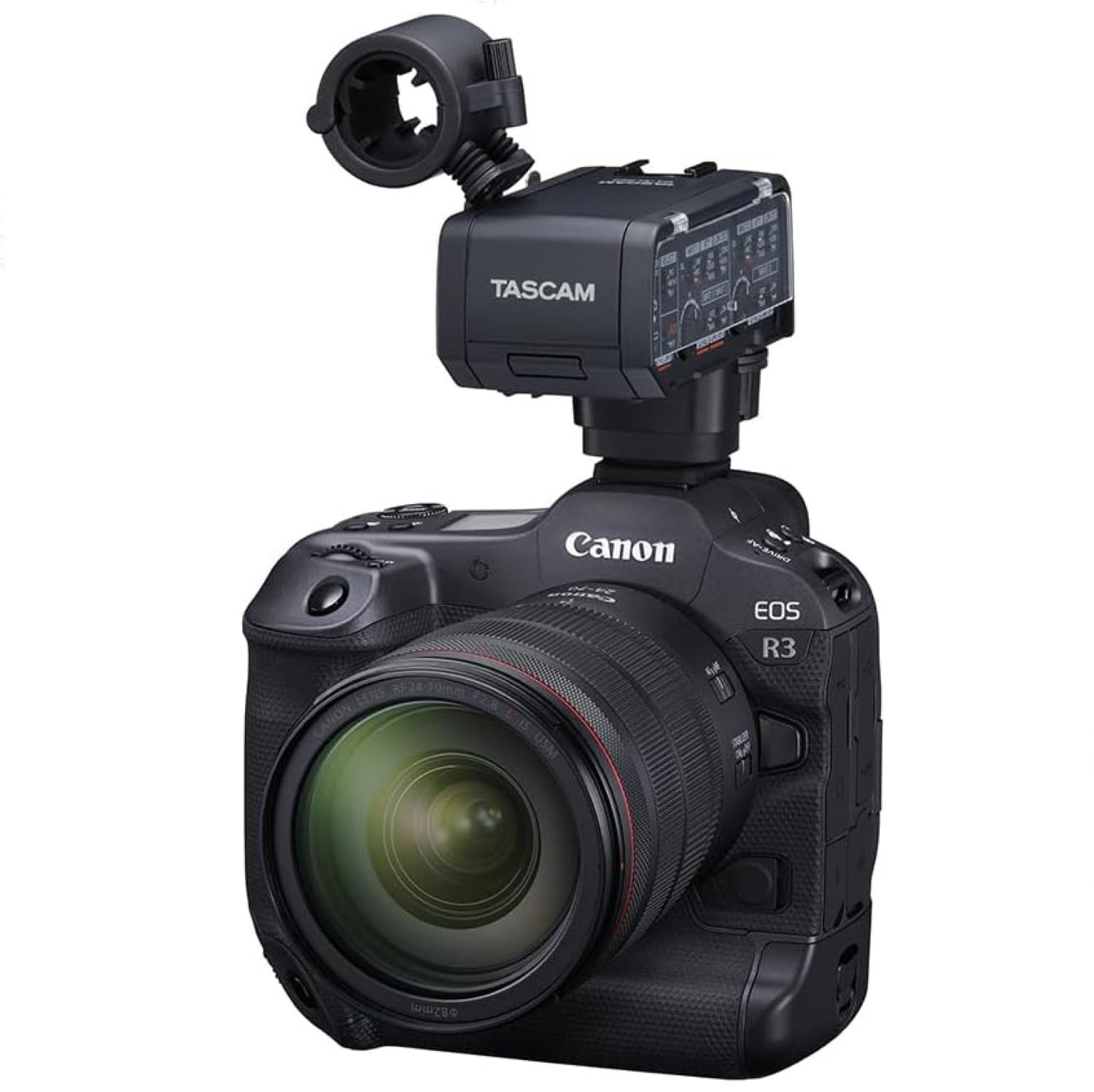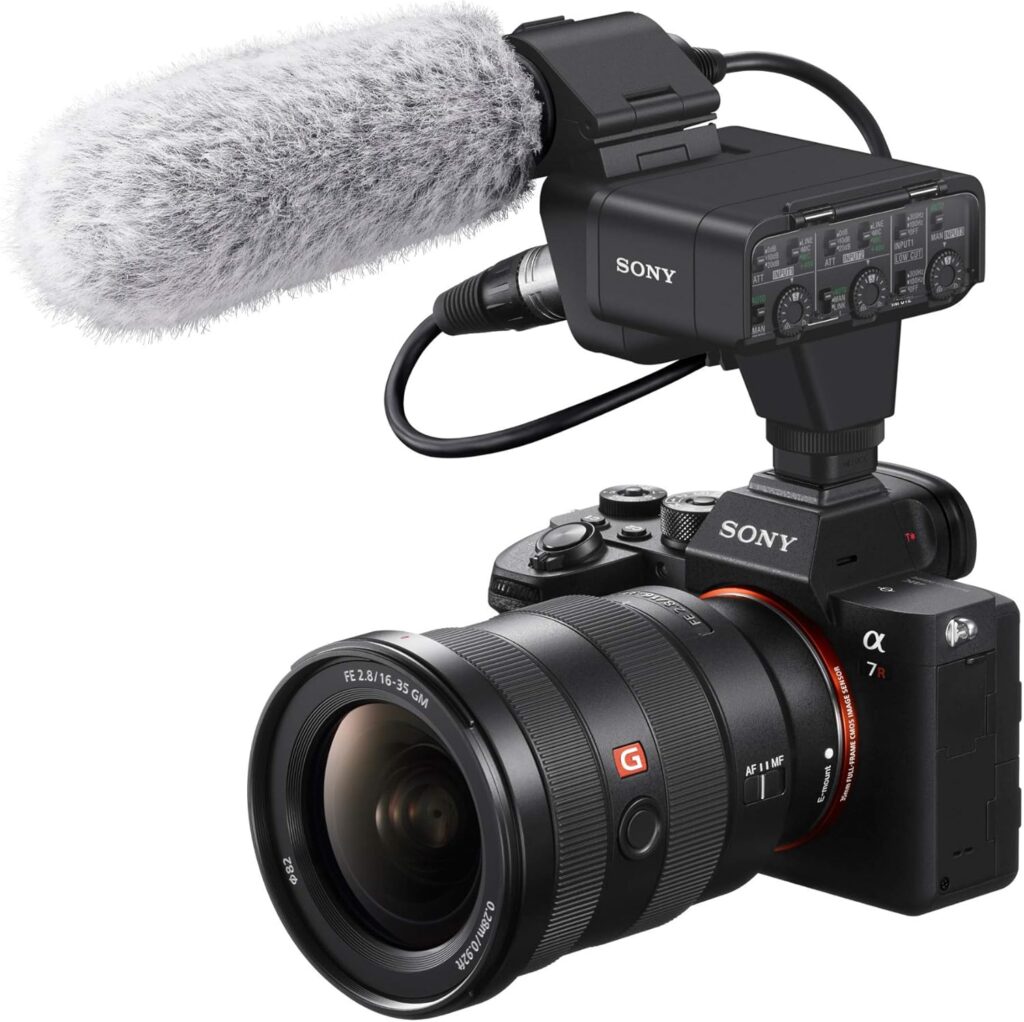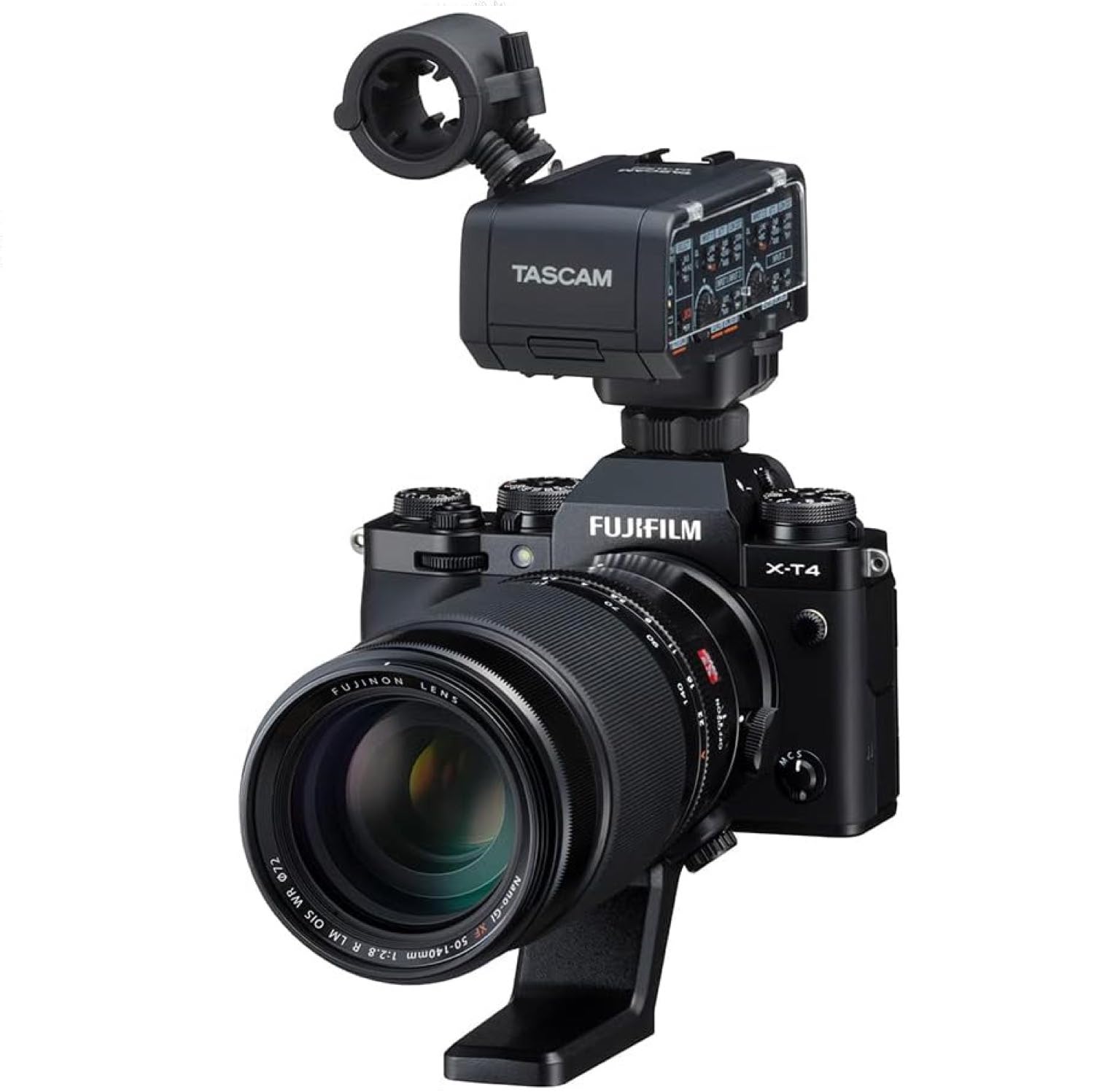The Best Microphone for Dealing with Room Echo: My Journey from Shotgun to Shure SM57
When I started my YouTube journey, it seemed like every creator I admired had a shotgun mic perched atop their camera. Naturally, I followed suit, especially since the onboard mic on my camera sounded absolutely terrible. The improvement was immediate, but I soon ran into a significant issue: room echo and reverb.
My studio has concrete walls, and even after adding rugs, furniture, and sound treatment, the echo was still out of control. That’s when I learned something crucial: while shotgun mics are fantastic for outdoor use and can work well indoors, they’re not the best option for echo-prone spaces. Enter pencil condenser microphones, widely regarded as the best for rejecting room reverb. Unfortunately, most of them are quite expensive.
The Affordable Solution: Shure SM57

That’s when I discovered the Shure SM57. While it’s technically an instrument microphone, it sounds incredible for voice work. It’s a dynamic cardioid mic and shares similarities in tone with the professional-grade Shure SM7B, a $400 mic commonly seen in podcasts. The best part? The SM57 costs only around $100.
Let me walk you through my experience and the differences in sound:
Shotgun vs. Shure SM57
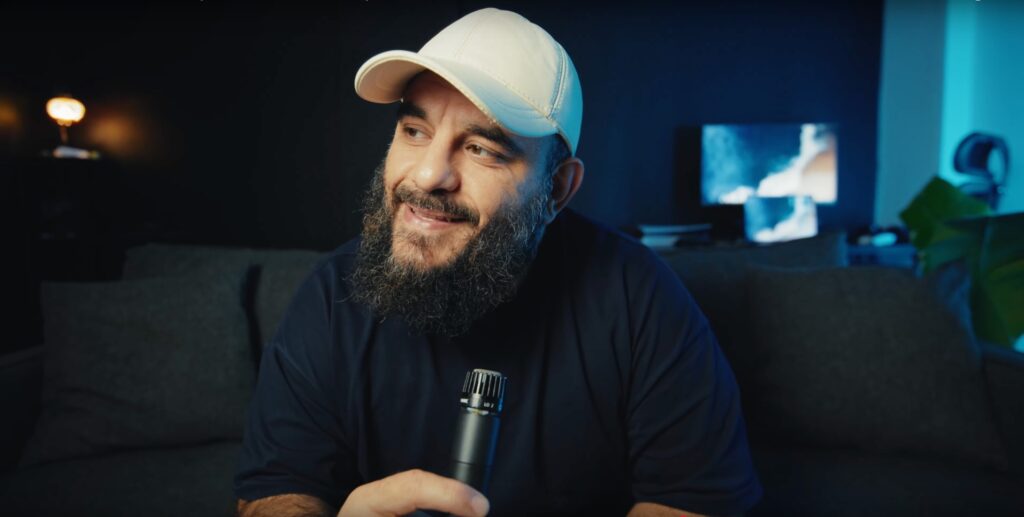
When switching to the SM57, the improvement was immediate. However, unlike shotgun mics, the SM57 performs best when it’s close—ideally within 5 inches which is great for handholding the MIC. At this range, it delivers rich, clear audio and does an excellent job rejecting room echo. If you want to boom it out of the frame & use it like a shotgun MIC keep in mind that it shouldn’t be any more than 12 inches away from you.
Connection Options
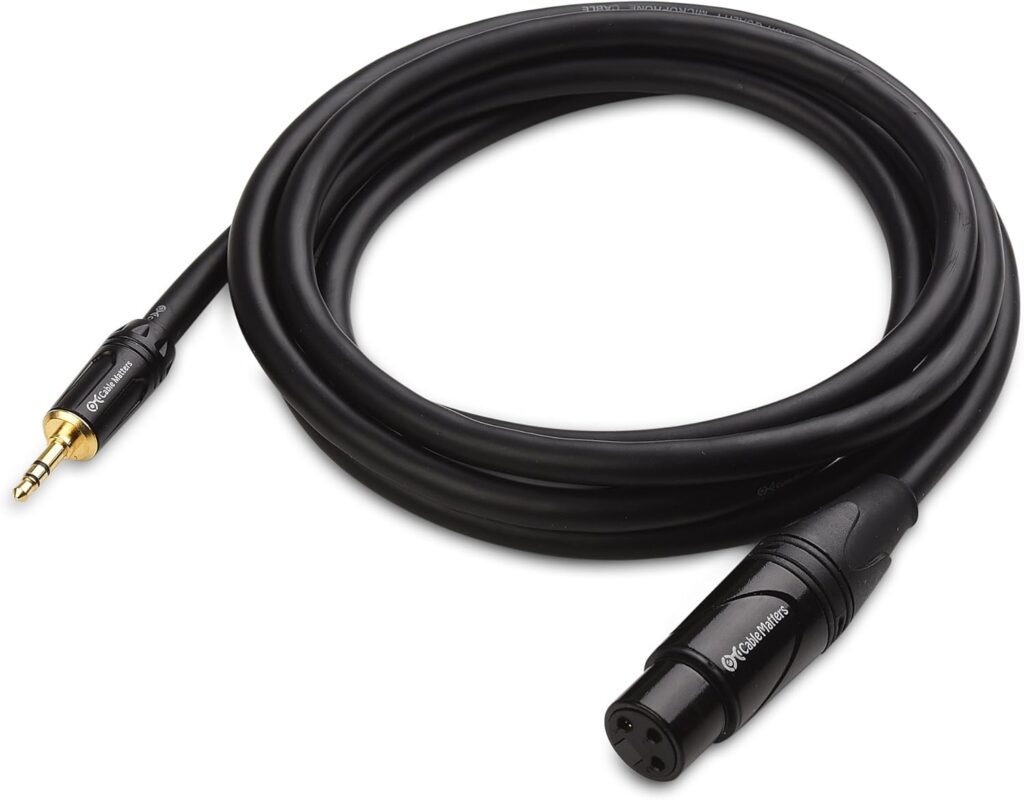
The SM57 is an XLR microphone, but it doesn’t require phantom power.
I initially used a simple XLR-to-3.5mm adapter to plug it directly into my camera.
While functional, this setup introduced a slight hiss, which can be mitigated with noise reduction in post-production tools like DaVinci Resolve.
To enhance the audio quality, I upgraded to an XLR hotshoe adapter for my Lumix S5II. These adapters are available for most major brands like Sony and Canon. The difference was striking—clean, professional-grade sound straight from the mic.
If your camera doesn’t support XLR inputs, an affordable alternative is a Zoom H1 recorder, though it requires syncing audio in post.
Comparing Shotgun and Dynamic Mics
Shotgun mics remain the most versatile option, especially in spaces with minimal reverb. For instance, the Comica VM40, a wireless shotgun mic priced at just over $200, is a fantastic option for creators looking for flexibility. However, for echo-heavy environments like mine, the SM57 is a game-changer.
Future Upgrades: Sennheiser MKH50
Recently, I invested in the Sennheiser MKH50, a pencil condenser mic renowned for its performance in reverberant spaces.
At $1,400, it was a significant investment, but it promises to be the best indoor mic available.
I’ll share my thoughts on whether it’s worth the price in an upcoming article.
Final Thoughts
If you’re struggling with room echo and aren’t ready to splurge on a high-end mic, the Shure SM57 is a fantastic choice. It’s affordable, effective, and delivers excellent sound quality, especially when paired with an XLR interface.
For those still considering a shotgun mic, the Comica VM40 is worth exploring—it’s versatile, wireless, and packed with features.
And if you’re curious about it, check out my video where I dive deep into the Comica VM40’s features and performance.
* As an Amazon Associate I earn from qualifying purchases. The links above earn commission. Thanks for the support!


